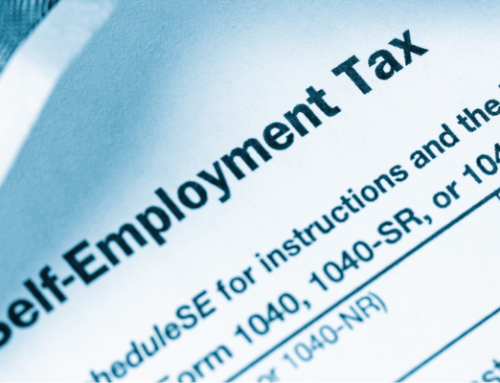One of the more valuable tax credits contained in 2020’s Coronavirus Aid, Relief, and Economic Security (CARES) Act was extended to July 1, 2021 – with expanded access that more businesses and not-for-profits can benefit from. The Employee Retention Credit (ERC) incentivizes organizations to keep employees on the payroll during COVID-19, and with new rules, it’s possible to claim as much as $14,000 per employee in 2021.
ERC remains under-utilized because many organizations aren’t aware that they qualify, or that they now qualify retrospectively in 2020 due to new legislation.
Employee Retention Credit in 2020
Originally enacted through the CARES Act, 2020’s version of ERC was limited by whether or not an organization took out a Paycheck Protection Program (PPP) loan. However, due to recent legislation, businesses that received funding under the PPP could now otherwise be eligible for ERC retroactively in 2020. ERCs can still help to offset payroll and health care expenses between March 12 and December 31, 2020.
- Qualifying wages up to $10,000 per employee
- 50 percent credit
- Full or partial shutdown due to COVID-19 or experienced at least a 50 percent decline in gross receipts
- Can be claimed on a quarterly basis but per-employee wage limits apply for the whole year
- Classify large employers as having 100 or more full time equivalents (FTE)
- Total employer benefit of up to $5,000 per employee
The biggest limitation was that ERC could not be claimed in any quarter that an organization also used PPP funds, nor could it be used for any employee already claimed under the Work Opportunity Tax Credit. Now the PPP barrier is removed. ERC could be used at the same time as paid family sick leave credits under the Families First Coronavirus Relief Act (FFCRA), however.
Also note that if a large employer, the ERC is only available if the employer paid the employees not to work.
Organizations that are now eligible to claim ERCs in 2020 but did not can amend Form 941s to retroactively claim the credit.
Employee Retention Credit in 2021
The 2021 Consolidated Appropriations Bill passed on December 27, 2020 extended ERC and removed some of the barriers to eligibility. ERC is currently available through July 1, 2021 so organizations effectively have the first two quarters of this year to put more money back into their accounts.
Notable differences in 2021’s ERC are highlighted.
- Qualifying wages up to $10,000 per employee, per quarter at a 70 % rate (up to $14,000 per employee)
- Full or partial shutdown due to COVID-19 by a government order or experienced at least a 20 percent decline in gross receipts in 2021 from a corresponding quarter in 2019
- Classify large employers as having 500 or more FTEs
Therefore, it is quite possible that even if an organization didn’t qualify under 2020 rules, it could potentially claim a significant tax credit in 2021.
What to Do Next
There are two primary pathways depending on where an organization is at with ERC.
- Maximize the credit in 2021: Understand the requirements and limitations, and work with your CPA to map out the best strategy and get the most amount of money back as possible.
- Amend 2020 Form 941s to retroactively claim 2020 ERCs: Quarterly estimated taxes on Form 941 can be amended for up to three years after the initial Form 941 was filed, or two years from the date the tax was paid.
Don’t rely on a payroll provider to take care of ERCs, either claiming them in the current year or retroactively. It’s best to work with a CPA who understands the different requirements between 2020 and 2021 ERCs.

Employee Retention Credit:
Do You Qualify?
PBMares has a team of ERC experts and easy-to-use flowcharts to help determine your ERC eligibility. Have questions? Contact your PBMares tax advisor today.





